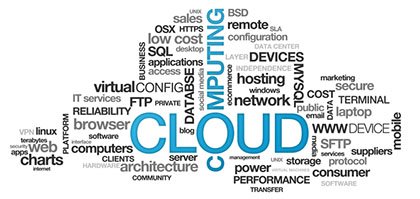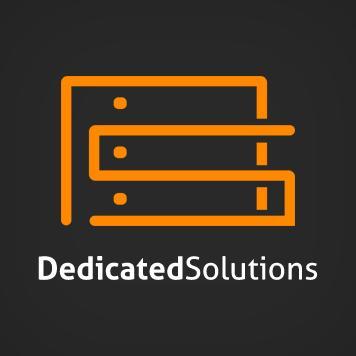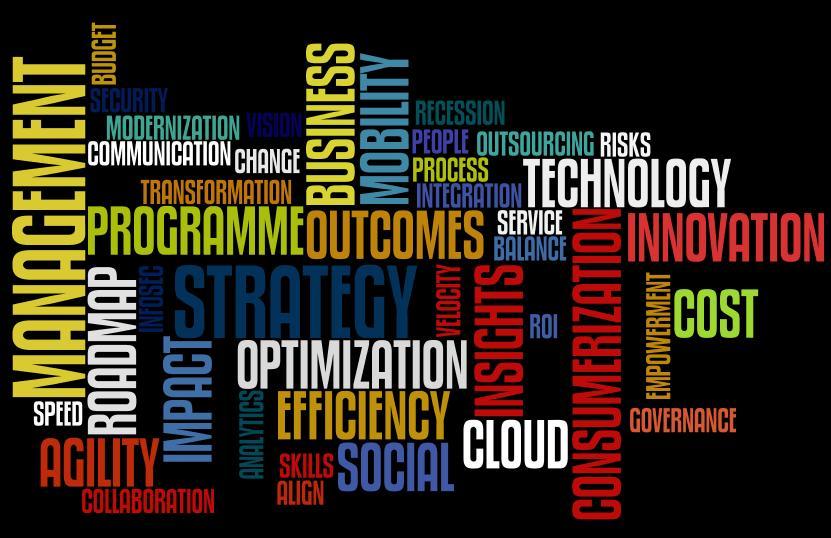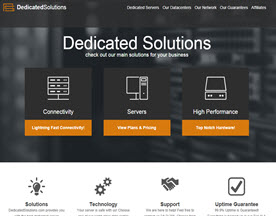Long gone are the days when IT organizations were solely responsible for the management and execution IT services. Today, companies have at their disposal a wide range of options when it comes to where and how to obtain the services. They are no longer forced to standardize a single dispensing method or a single provider for the entire organization.
Now, companies can leverage a combination of internal and public computing resources to take advantage of new options and obtain competitive prices for changing workloads. The result is an IT landscape rapidly change, characterized by a set of services private and public clouds, known as a hybrid cloud.
As the hybrid cloud become more prevalent, IT organizations are increasingly covering more the role of broker, acting as intermediaries between the cloud service provider and the rest of the company. They must face several challenges in their efforts to connect and manage data across hybrid environments.
In this context, one of the main challenges that companies are facing is represented by the necessity to connect, move and manage data in these hybrid environments. It showed that IT organizations continue to have difficulty in moving and managing data in a hybrid cloud environment. To optimize business benefits of the cloud, they must find ways to overcome these challenges.
IT infrastructures are evolving
IT systems are not static entities characterized by a predictable growth. With the advent the cloud, IT infrastructures are rapidly growing. The study by IDG found that IT services delivered via the cloud will increase 35-65% in the next three years as the organizations will continue to move its services architectures of IT on public, private and hybrid clouds.
With the rise of cloud deployments, the IT organizations seeking to capitalize on many benefits. The main advantage is the ability to scale vertically or horizontally according to business needs. This flexibility enables organizations to use only the resources required at any time.

Other benefits that organizations are getting from cloud deployments are reducing the downtime and planned outages, the ability to buy and use resources according to needs and greater IT/cost efficiency lower.
The challenges in connecting and managing data in multiple environments
What is delaying these cloud deployments? It indicates the inability to manage data in on-premise and cloud environments.
IT organizations have different combinations infrastructure, computing and storage resources in the cloud compared to the data center. Storage and data management in this mixture of resources is a challenging task, as well as being critical. You can outsource the computing tasks or applications, but once the data generated, it is forced to control them as long as they exist. One way to check is data in its data center; another is to do it when Data are in different environments.
Other challenge areas are different data management zones, including the data protection, application performance, and data governance. All these obstacles indicate a lack of control. Once the data leaves the corporate data center, IT organizations have little control or visibility into security mode and data management, and service level that they are provided to ensure availability.
To further complicate things, each cloud service provider uses different protocols, platforms and technologies that need to be managed in relation to the data. A service provider may use a method of archiving of data particularly with respect to another service providers and both approaches could differ from the way in which the organization stores data in its own data center.
The IT organizations must be able to move the data between public cloud is both inside and outside the own private cloud, to meet changing requirements and optimize flexibility and scalability benefits of the cloud.
Seamless Integration
The cloud services are evolving, and the providers are offering new options, but it is not always in their interest to allow navigation some data. As IT organizations play an increasingly important role as a service broker for business, they must take responsibility for ensuring the seamless integration of multiple technologies vendor. In fact, they need a data fabric in able to weave together the disparate elements of the Hybrid Cloud in a single integrated architecture.
- A principle operating model for the data, which It provides consistency and improvements in efficiency and control. IT organizations may retain the best practices business and operational at all points of the cloud.
- A standard data format, which can reduce the number of rewrites on a large scale. A standard data format enables IT organizations to move applications in the cloud in the fastest way and improve innovation.
- The ability to move data from one place the other, to make sure that the data they are in the right place at the right time, so you can access them conveniently and efficient.
In the future, hybrid IT infrastructures will become the norm. To take advantage of the flexibility, uptime and model pay-as-you-go cloud, IT organizations must be put in a position to adopt the hybrid cloud on its own terms, maintaining control of data on a wide range of public and private cloud resources.
 The increasing digitalization in the business world is fundamentally changing the demands on hosting services so that business and web applications need to quickly available. New technology trends such as Big Data or Mobile Commerce require extremely powerful hosting platforms. The efficient and reliable operation and the rapid and flexible platform are providing resources a decisive success factor.
The increasing digitalization in the business world is fundamentally changing the demands on hosting services so that business and web applications need to quickly available. New technology trends such as Big Data or Mobile Commerce require extremely powerful hosting platforms. The efficient and reliable operation and the rapid and flexible platform are providing resources a decisive success factor.
